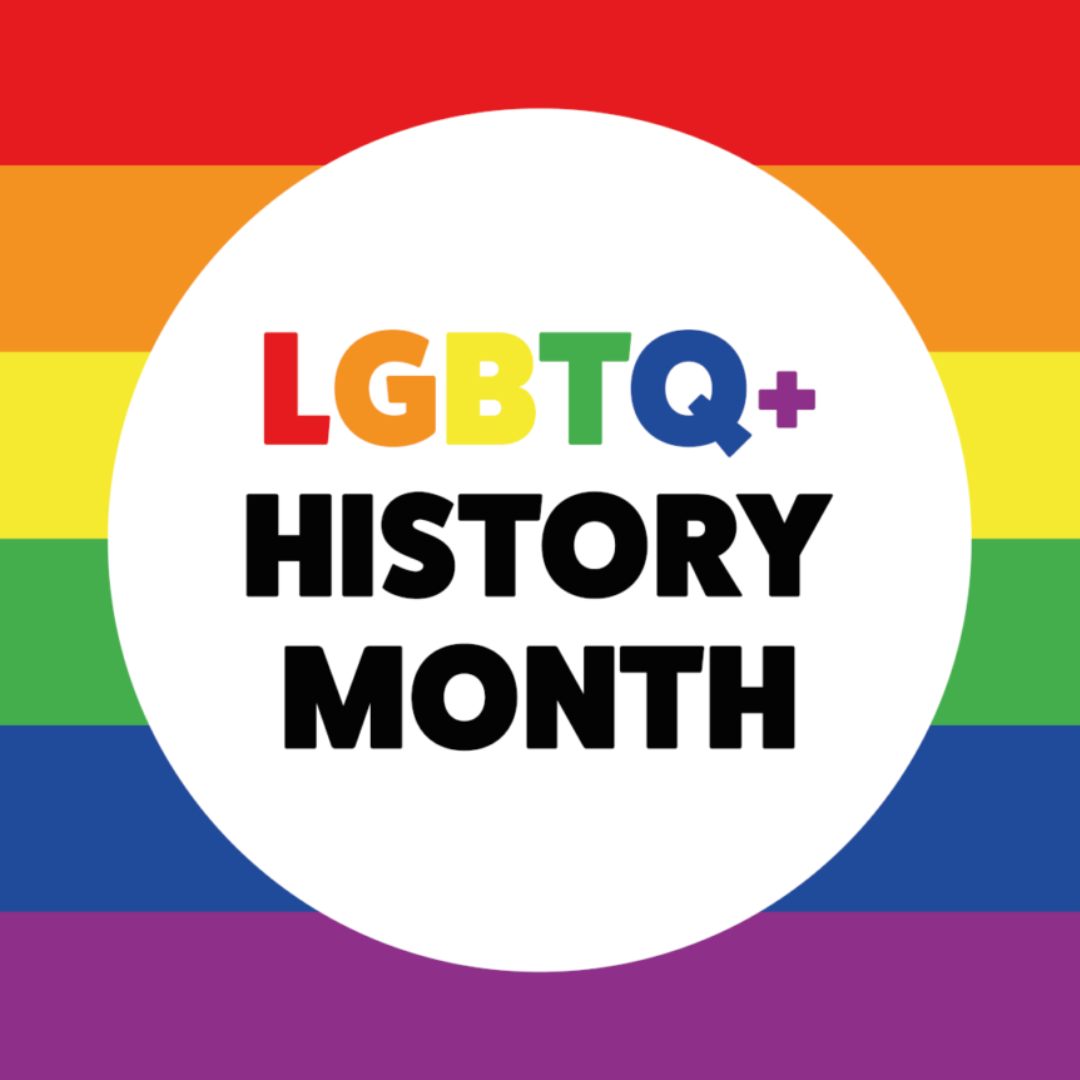
Every October, the United States celebrates LGBTQ+ History Month, a 31-day spotlight on the struggles, resilience, and triumphs of queer and trans people across generations. Unlike Pride in June, which bursts with parades and rainbows, October invites us to pause, reflect, and learn. It’s about acknowledging our past, uplifting our present, and fueling the future we are still fighting to build.
For LGBTQ+ folks, knowing our history isn’t optional — it’s survival. History tells us that we are not alone, that we come from a lineage of fighters and dreamers, and that our existence has always been valid, even when society tried to erase us. LGBTQ+ History Month is a reminder: our stories matter, and they deserve to be told loudly, proudly, and unapologetically.
Why LGBTQ+ History Matters
History isn’t just about dusty dates or old speeches. It’s about understanding the forces that shaped our world — and the ways we’ve resisted them. For LGBTQ+ people, history provides:
- Visibility – proof that queer and trans people have always existed.
- Resilience – stories of activism, survival, and community care.
- Representation – role models who remind us that we belong.
- Context – lessons about how far we’ve come and how much work remains.
Too often, LGBTQ+ history has been hidden or rewritten. School curricula rarely mention us. Mainstream media skips over our contributions. Monuments and textbooks focus on everyone but us. LGBTQ+ History Month works to change that silence into celebration.
The Origins of LGBTQ+ History Month
LGBTQ+ History Month was founded in 1994 by Rodney Wilson, a Missouri high school teacher who wanted to ensure students learned about queer and trans figures. October was chosen because it includes National Coming Out Day (Oct 11) and coincides with school calendars, giving educators a chance to integrate queer history into classrooms.
Since then, it has grown into a national observance celebrated across schools, universities, community centers, and online spaces. Each year, icons and themes are highlighted, showcasing a diverse range of LGBTQ+ figures from activists to artists, scientists to spiritual leaders.
Heroes, Icons, and Everyday Fighters
When we celebrate LGBTQ+ History Month, we honor not only the big names — like Marsha P. Johnson, Harvey Milk, Audre Lorde, Sylvia Rivera, James Baldwin, and Bayard Rustin — but also the countless unsung heroes.
We honor:
- Trans women of color who led the Stonewall uprising.
- Lesbian activists who nursed people dying of AIDS when the government turned away.
- Queer writers and artists who carved joy into the margins of oppression.
- Everyday folks who came out to their families, workplaces, or communities, often at great risk.
Our history is not a single story — it is a constellation of lives, each sparkling with defiance, courage, and authenticity.
The Struggles That Shaped Us
LGBTQ+ History Month isn’t just about celebration. It’s also about truth-telling. That truth includes pain:
- The Lavender Scare, when queer people were purged from government jobs.
- The HIV/AIDS crisis, where thousands died while leaders ignored their suffering.
- Marriage inequality, when love itself was denied legal recognition.
- Ongoing violence against trans women, especially women of color.
These struggles remind us that history is not finished. Discrimination, violence, and political backlash continue today. But remembering the past gives us the courage to keep fighting.
Intersectionality in Our History
Queer history has always been intersectional. Our icons are not just LGBTQ+ — they are also Black, brown, Indigenous, disabled, immigrant, working-class, and more. To tell queer history honestly means recognizing these intersections.
When we uplift Audre Lorde, we celebrate both her Blackness and her queerness. When we honor Sylvia Rivera, we acknowledge her Puerto Rican and Venezuelan roots alongside her trans activism. Intersectionality reminds us that the struggle for LGBTQ+ liberation is tied to racial justice, feminism, disability rights, and every other movement for human dignity.
How to Celebrate LGBTQ+ History Month
There are so many ways to mark this month, whether you’re a student, an educator, an activist, or an ally. Here are a few:
- Learn the Stories
Read queer history books, watch documentaries, or follow LGBTQ+ history projects online. - Share Icons
Highlight historical figures on social media. Each post can amplify voices too often erased. - Support Queer Artists and Educators
Our storytellers keep history alive. Buy their books, attend their talks, share their work. - Teach Queer History
Educators can integrate LGBTQ+ figures into their curriculum — not as side notes, but as central contributors to history. - Visit Historical Sites
From Stonewall in New York to Harvey Milk’s camera shop in San Francisco, these places hold stories in their walls.
Looking Forward While Honoring the Past
LGBTQ+ History Month is about remembrance, but it is also about vision. We honor the past so we can dream of a future where:
- Every queer and trans kid learns they have role models.
- Healthcare, housing, and education are free of discrimination.
- Violence and stigma are replaced with safety and love.
- Our stories are not just preserved but celebrated.
The future of queer history is being written right now — in drag shows, in courtrooms, in classrooms, in families, and in friendships. Every person living authentically today is part of that history.
Why This Month Matters
Queer history isn’t just something to study — it’s something to live. It’s the courage to come out. It’s the resilience to keep going. It’s the joy of dancing freely. It’s the love we give each other when the world tries to deny us.
In celebrating LGBTQ+ History Month, we’re saying: We were here. We are here. And we will always be here.
In Solidarity, Always
– Ryder
Discover more from Ryder Tombs
Subscribe to get the latest posts sent to your email.


